Reading and Rhyme – Do We Really Have Time?
“Jack and Jill went up the hill to fetch a pail of water…”
Remember poor Jack and Jill? What about the whimsical rhyme about the cat who played the fiddle and the cow who jumped into outer space? These nursery rhymes may seem like silly non-sense, but they actually serve a purpose.
Rhyming helps children notice the sounds that make up words (phonological awareness), which is important to reading acquisition. Because children with speech and/or language disorders are at a higher risk for reading problems, it is even more important that we make sure they are exposed to activities that promote sound awareness.
Do we really have time?
While we can’t possibly cover everything children need to learn during our sessions, we can make sure that they are at least exposed to some of them, including rhymes. Here are some ideas to make this happen…
Encourage caregivers to read nursery rhymes to their child. They can also sing or play songs that contain rhymes. Let them know that it isn’t just a silly activity, but serves a real purpose.
Use nursery rhymes in your sessions. Find rhymes that go with your goals and use them in your session. Sing the songs, say the rhymes, use felt storyboards, or act it out with puppets to make the stories come to life. Here are some examples…
If you are working on…You could use this rhyme.
Over…………Jack be Nimble
Up/down……Hickory Dickory Dock
Body parts…The Hokey Pokey
Weather…….It’s Raining It’s Pouring
For the words and origins of many common (and some not so common) nursery rhymes, visit
http://www.zelo.com/family/nursery/index.asp
Becky Wanca
Leave a Reply
You must be logged in to post a comment.

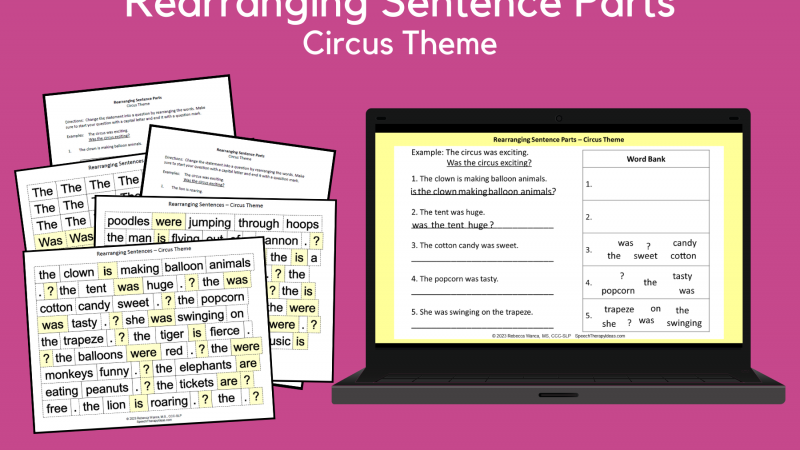
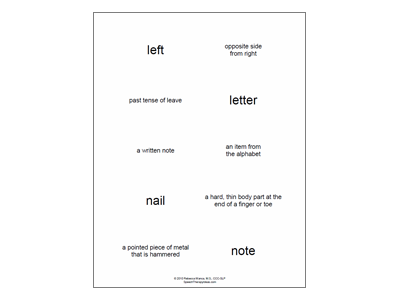
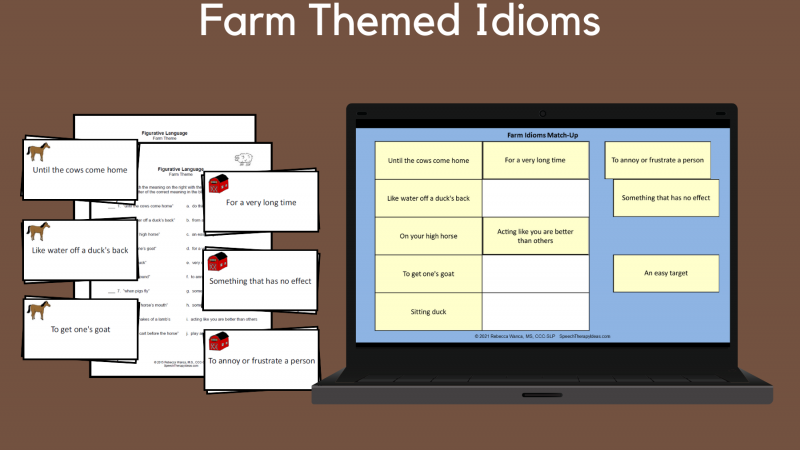
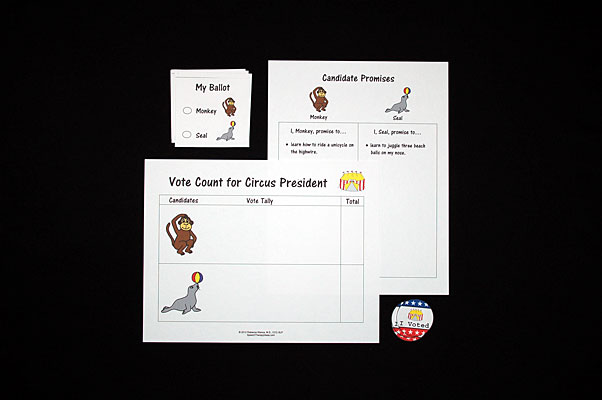
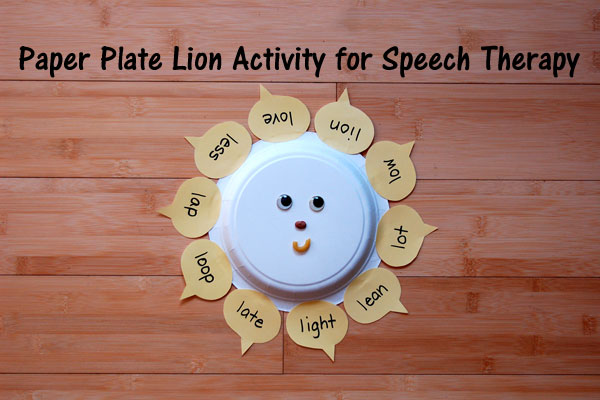
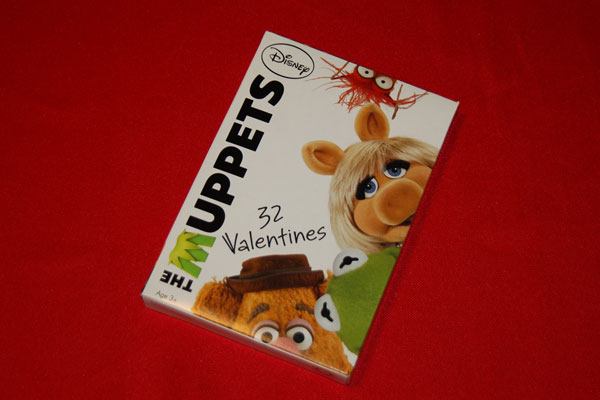
I have always thought that children today were not exposed to the nursery rhymes like I was when I was a child. When I had my Communication Preschool I always made time for the nursery rhymes and put them in their speech books for at home practice. I did this at a time before Phonological Awareness was incorporated into teaching reading.
Cindy, I agree that today’s children don’t seem to have the same amount of exposure to or knowledge of nursery rhymes as previous generations. I love the idea of printing them out and sending them home. Thanks for sharing!
I think that in addition to the vocabulary that is enhanced through the use of rhymes, there is the benefit of children learning the prosody/”sing-songiness” of speech. The children can learn the rhythm of speech, inflections in the voice.
Another great point!
Great idea on using nursery rhymes for assisting in learning prepositions and other units! I felt the same about how children aren’t exposed to them much anymore, so that’s why I framed them in my daughter’s nursery. I think I might post a nursery rhyme in my speech room and do a “Nursery Rhyme for the Month” just like I’ve been planning on posting an “Idiom for the Week.”
Thanks!
Hello,
I love the nursery rhyme ideas. Do you have a complete list of what concepts work with what nursery rhymes? I am familiar with several rhymes, but I think having a complete list would save a lot of time. Thanks!
Do you have an lesson plans or extended activities to go with the nursery rhymes??
I don’t have lesson plans or activities to go with the nursery rhymes, but often refer to http://www.rhymes.org.uk/ when looking for a good list with lyrics. Maybe that is something I can work on in the future.
Becky
Hi, I work at a charter school in California and I want to use this article and the article “categories-A place for everything and everything in its place” in one of our newsletters we pass out to parents for tips and fun ideas to do with their kids at home. Can I have your permission to do so. I also have your name and site in the articles too. Thanks, Evelyn Allen
Yes, you can reprint the posts with my name and the website listed as the source. I think it’s wonderful that you are giving parents tips and ideas for them to use at home!
Have a great school year!